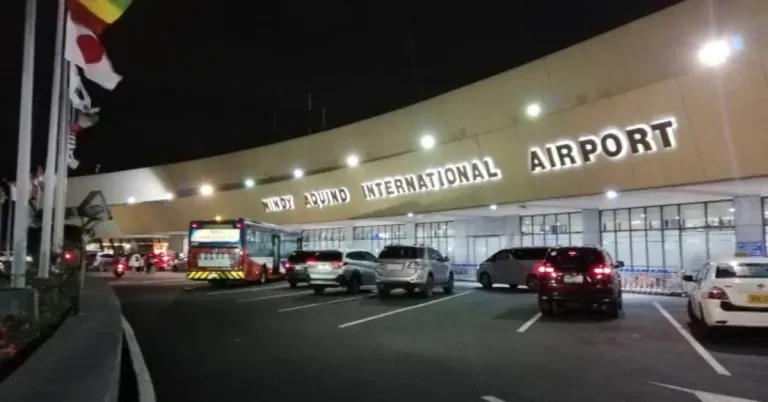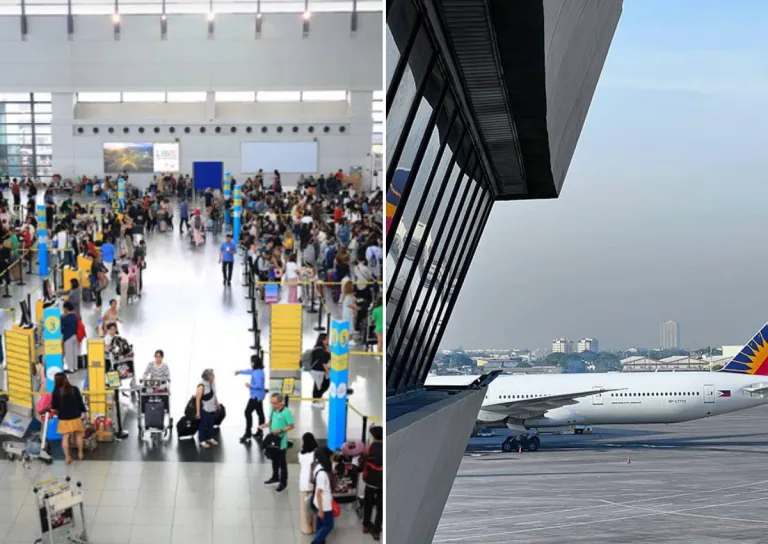Our favourite places to stay on this sleepy Cebu island.
NAIA Fee Hike Coming Soon: New Operator Promises Big Improvements

Starting 14 Sep 2024, the Ninoy Aquino International Airport (NAIA) will see a significant shift in its operations as the New NAIA Infrastructure Corp. (NNIC), formerly SMC SAP & Co. Consortium takes over its management. This change comes with both opportunities for improved infrastructure and an anticipated increase in travel costs, according to the Air Carriers Association of the Philippines (ACAP). Let’s dive in to the NAIA fee hike.
Also read: NAIA Announces New Passenger Terminal
Get ready for the NAIA fee hike

ACAP, which represents major airlines such as AirAsia Philippines, Cebu Pacific, PAL Express, and Philippine Airlines, expressed its support for NNIC, citing the potential for enhanced passenger experience and operational efficiency. However, passengers should prepare for changes in airport fees, which may lead to higher travel costs.
The Department of Transportation (DOTr) has confirmed that NAIA terminal fees will increase by 2025. Domestic travellers, who currently pay P200 in terminal fees, will see this rise to P950. International passengers will experience an increase from P550, marking the first fee adjustment in 24 years.
Despite these changes, ACAP is committed to collaborating with NNIC and the government to mitigate the effects on passengers and ensure that the interests of both airlines and customers are protected. The group remains optimistic about the long-term benefits that privatization will bring, particularly with improved infrastructure and a better overall travel experience.
NNIC’s commitment to NAIA’s transformation includes a P122.3 billion capital investment over its 25-year concession period, averaging P4.89 billion annually. Additionally, the operator will make a P30 billion upfront payment to the government and P2 billion in annual payments throughout the contract.
Among the planned changes, NNIC will reassign airline terminals to streamline operations. Philippine Airlines will be relocated to Terminal 1, while Terminal 2 will be designated solely for domestic flights, including those operated by Cebu Pacific.
Also read: Heads Up, Travellers! Potential NAIA Terminal Fee Hike Coming Soon
As the transition to privatised management unfolds, travellers can expect both short-term cost adjustments and long-term benefits in terms of infrastructure upgrades and improved services. For frequent flyers, staying informed about these changes will be key to navigating the evolving travel landscape at NAIA.
Featured image credit: Philippine News Agency
Published at
About Author
Anne Mercado
Subscribe our Newsletter
Get our weekly tips and travel news!
Recommended Articles
10 Bantayan Island Resorts, Hotels, and Rentals for Your Tropical Escape 10 Best Mountain Cafes in the Philippines for Your Peak Coffee Experience Coffee date on the mountains, anyone?
10 Family Outing Ideas in Metro Manila Under ₱500 Looking for a weekend bonding with the family under ₱500? Head to these places, pronto!
10 Fun Things to Do in Manila Alone Live your best life in Manila, even when you’re riding solo.
10 Long Weekends in the Philippines in 2023 Book those flights ASAP.
Latest Articles
Dingalan Travel Guide: Nature Spots to Discover Now Underrated coastal gem in Aurora
What to Eat in Bicol: Iconic Dishes and Treats, and Unique Pasalubong You’ll Love Spice up your foodie adventure with iconic Bicol dishes and must-try pasalubong!
Top Travel Trends in the Philippines for 2025 New spots, tips, and trends
New UK Adventure Park to Visit in Devon and Cornwall Fun countryside escape near London
Ultimate Camarines Norte Travel Guide: Waterfalls, Beaches, and More From surfing to secret waterfalls, Camarines Norte is your next escape!

